
Lot 13
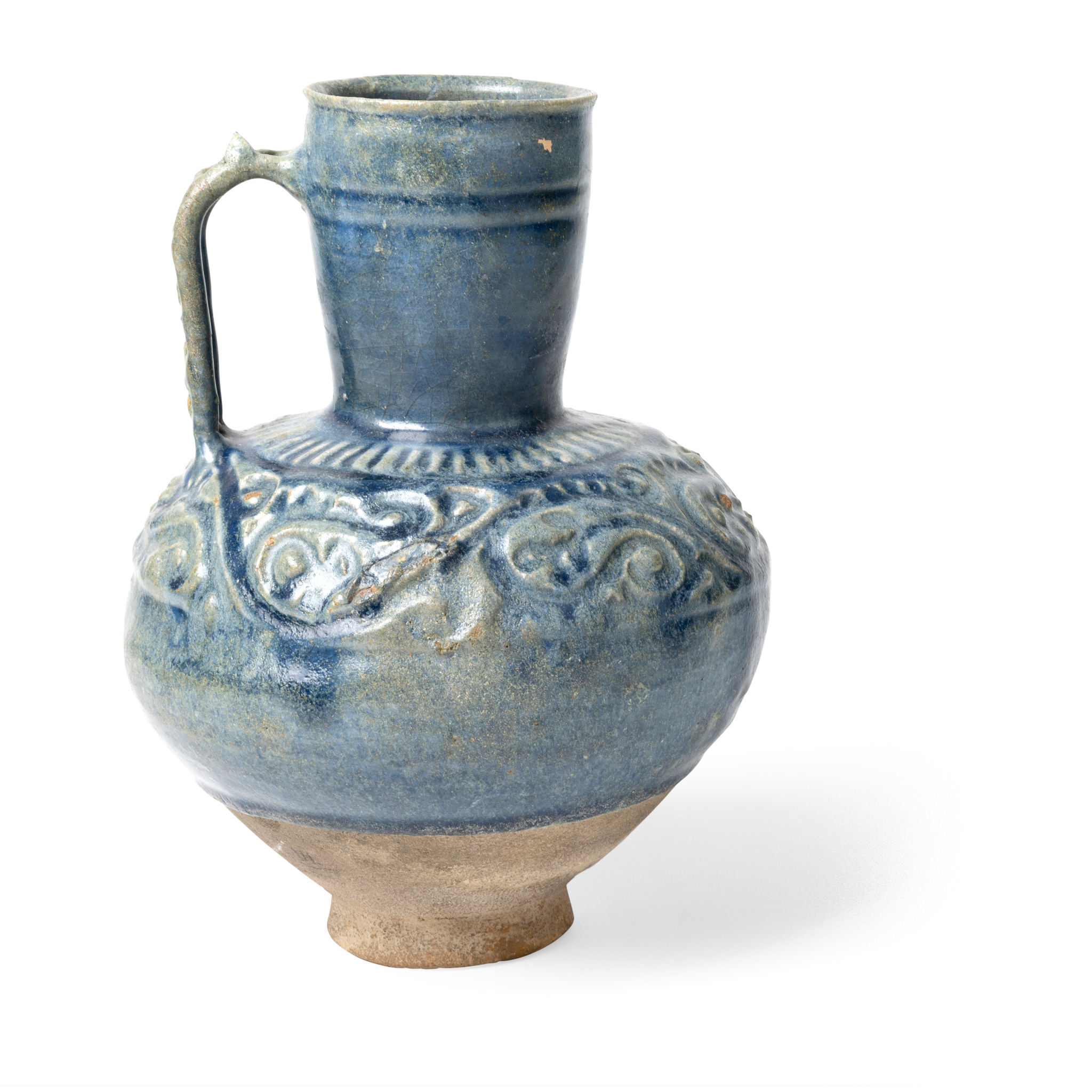
A STRIKING KASHAN MONOCHROME MOULDED POTTERY JUG
PERSIA, 12TH/ 13TH CENTURY
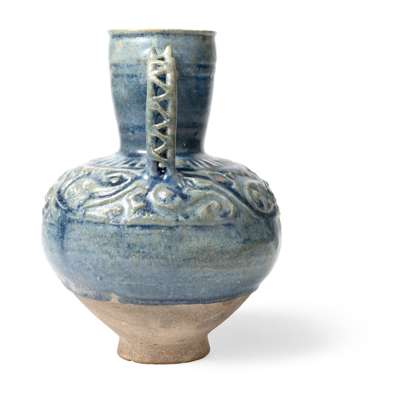
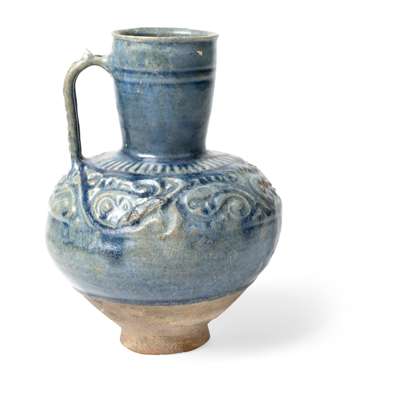
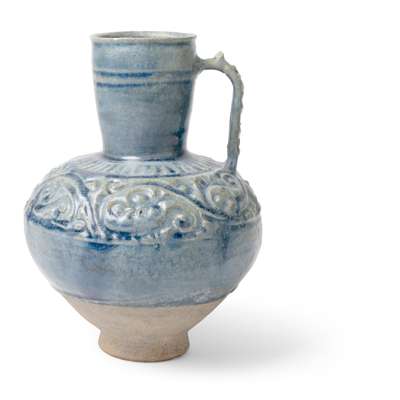


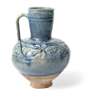

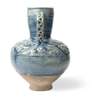
Auction: 11 June 2025 from 10:00 BST
Description
of bulbous form with cylindrical and slightly tapering neck on a short flaring foot, with an openwork zig-zag handle surmounted by a pair of pointed thumb rests, the body glazed in a monochrome light cobalt-blue, carved and moulded with a frieze around the shoulder consisting of elegant and meandering vegetal designs
Dimensions
25cm high
Footnote
The Persian ceramics industry was completely transformed during the 11th century by the development of a hard, artificial body known as fritware, which made fine ceramics capable of reproducing metalwork forms. The properties of this new, manmade body can be seen in the openwork handle of the current piece as well as the delicate moulding on the shoulder. Another aspect of fritware was that by including finely ground quartz as well as small amounts of glass, it produced a much whiter body than the traditional earthenwares. This encouraged the use of fine turquoise or lavender glazes, as can be seen here. Kashan, a city in central Iran, was famous for its ceramics, the production of which peaked between the 1170s and 1220s. The very elegant combination of pyriform body and tall, vertical neck is seen in a number of jugs from this place and period (see O. Watson, Ceramics of Iran: Islamic Pottery from the Sarikhani Collection, Yale University Press: 2020, p. 305).
For a comparable vessel in the same glaze decorated with a similar frieze, see Bonhams, Islamic and Indian Art, 8 October 2009, lot 99.







